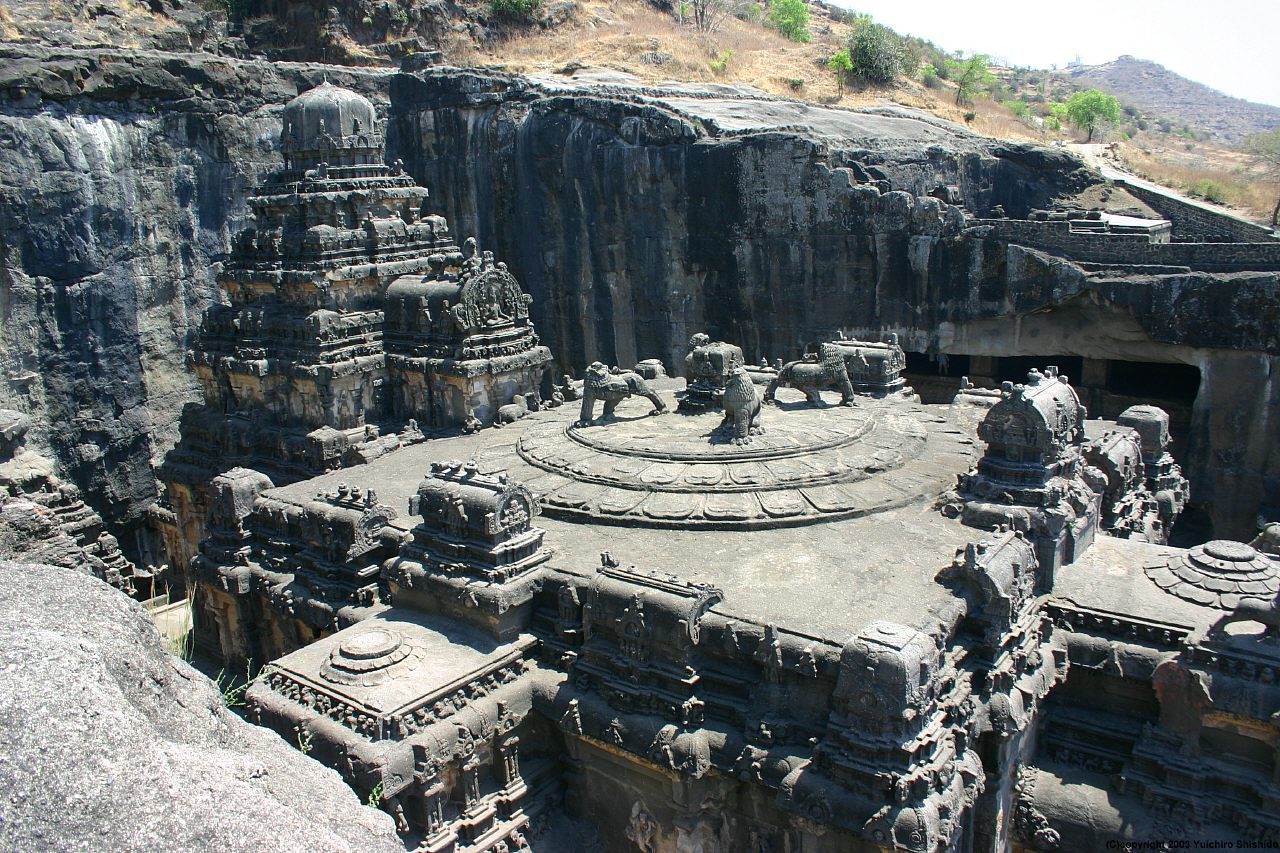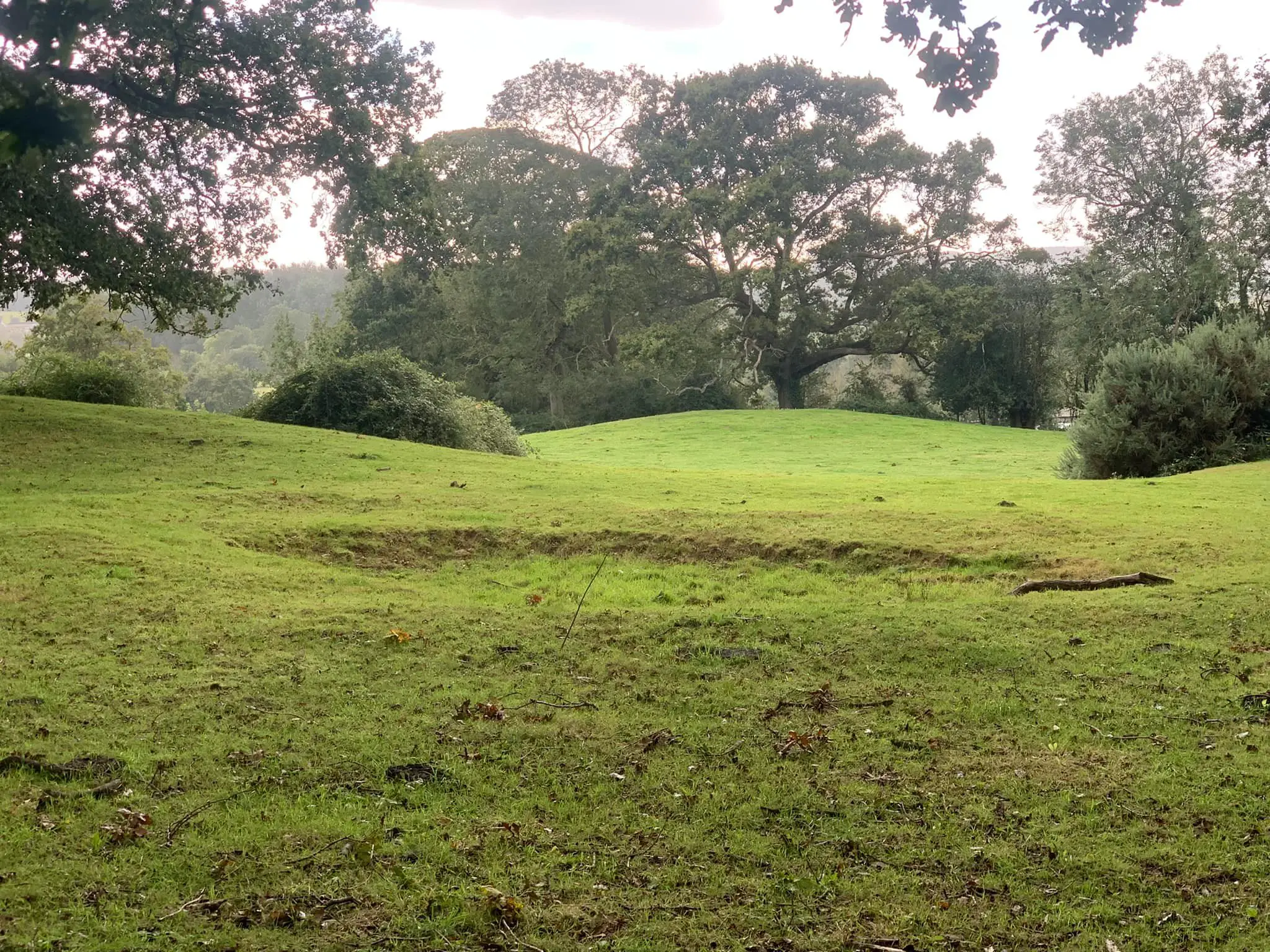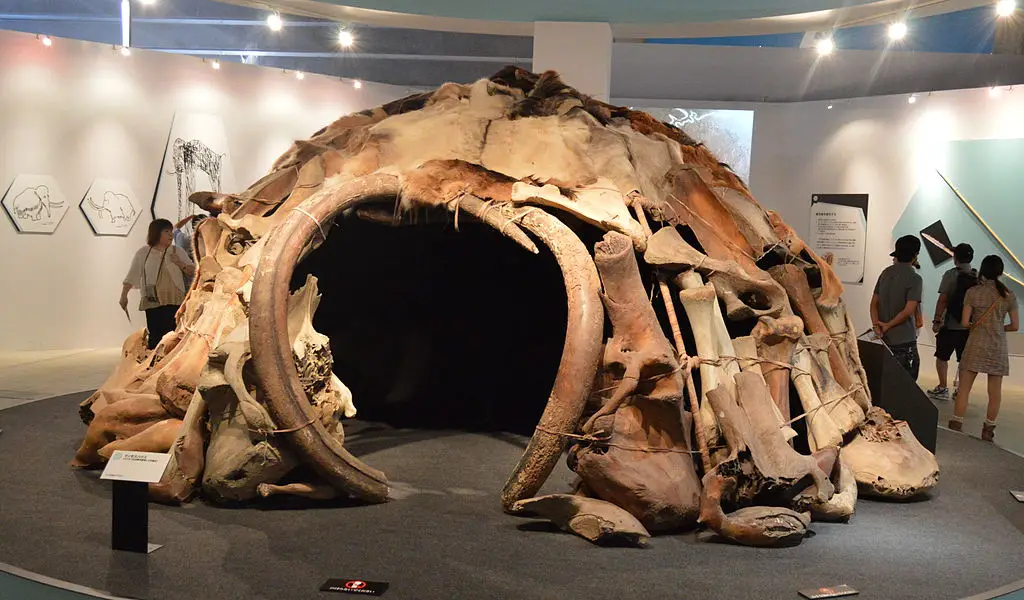Roman discoveries are always fascinating no matter what part of history you study or follow.
As for archaeologists, they all have one immutable characteristic: a deep and abiding curiosity. Whether they work in Europe, Russia, Asia or somewhere else, all of them work tirelessly to uncover evidence of previous cultures and civilizations buried in the ground. To rediscover our ancestors.
Content
They dig until every possible piece clue at a site is uncovered, and then they set to work investigating those clues, learning all they can about the people who lived there centuries ago and the lives they led.

Turkey
One such site, located in the Aegean Region of Turkey, has fascinated archaeologists for more than a century. It is still an active dig, and the more experts learn, the more curious they become about the community there.
Magnesia on the Meander is the site’s name. It is arguably one the less recognizable sites in the public’s imagination, but it is no less fascinating to archaeologists just because it doesn’t have the high profile of, for example, Mount Vesuvius in Italy or King Tut’s tomb in Egypt.
The stadium, has to be one of the most spectacular discoveries found in recent times by archaeologists. The site is in modern day Turkey.
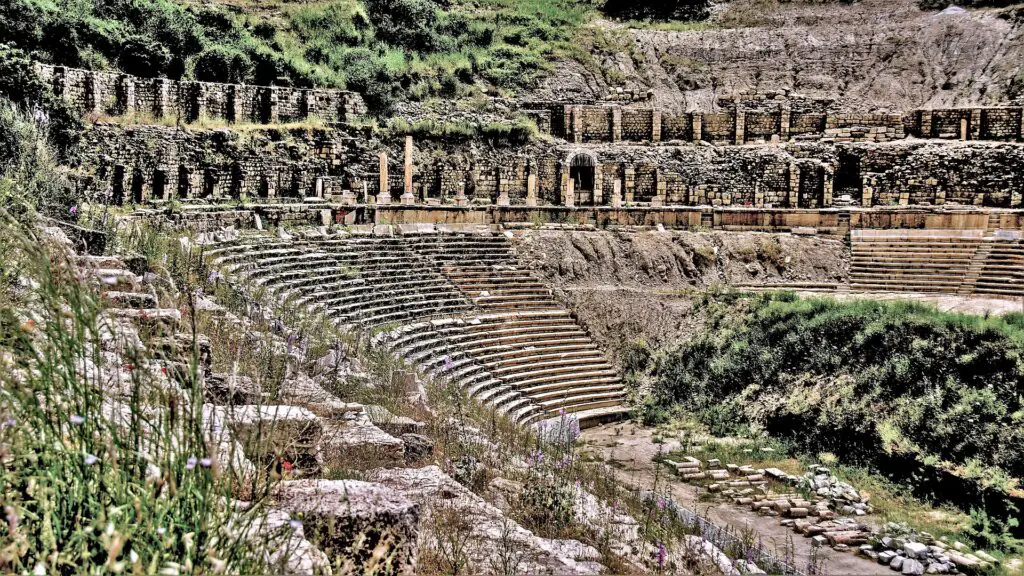
Discovery
Despite the area being prone to earthquakes, floods and being reclaimed by nature the stadium is impressive and interestingly very well-preserved. When small areas of this site was discovered in the 1800s, it was under 4 mtrs (12 feet) of sediment washed down from the hills over the centuries burying the site.
The semi-circle or horseshoe-shaped engineering marvel from the Roman era, has four levels of galleries and a colonnade. It has 52 steps that will take you from the bottom to the top level and can hold and astonishing 30,000 spectators.
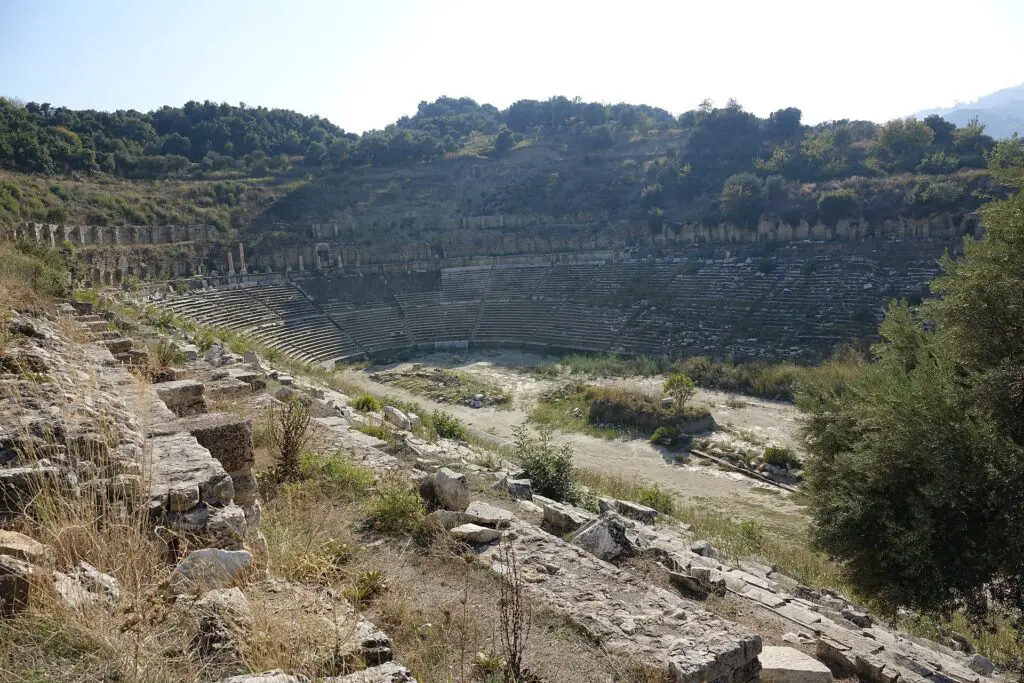
One can only imagine the noise and buzz of this once amazing stadium when it was full. This beautiful ruin is 189 mtrs long (620 feet) and is the best-preserved stadium in the Anatolian region.
Trojan War
Magnesia is an impressive, ancient series of ruins, dating back to its first settlement after the Trojan War. Established by the Magnetes along a river called the Lethacus, the rich soil meant that everything from wine to cucumbers to figs grew or were produced in abundance, so the city prospered.
However, tribal disputes ultimately led to Magnesia’s destruction; it was levelled by warring factions somewhere between 726 and 660 BCE.
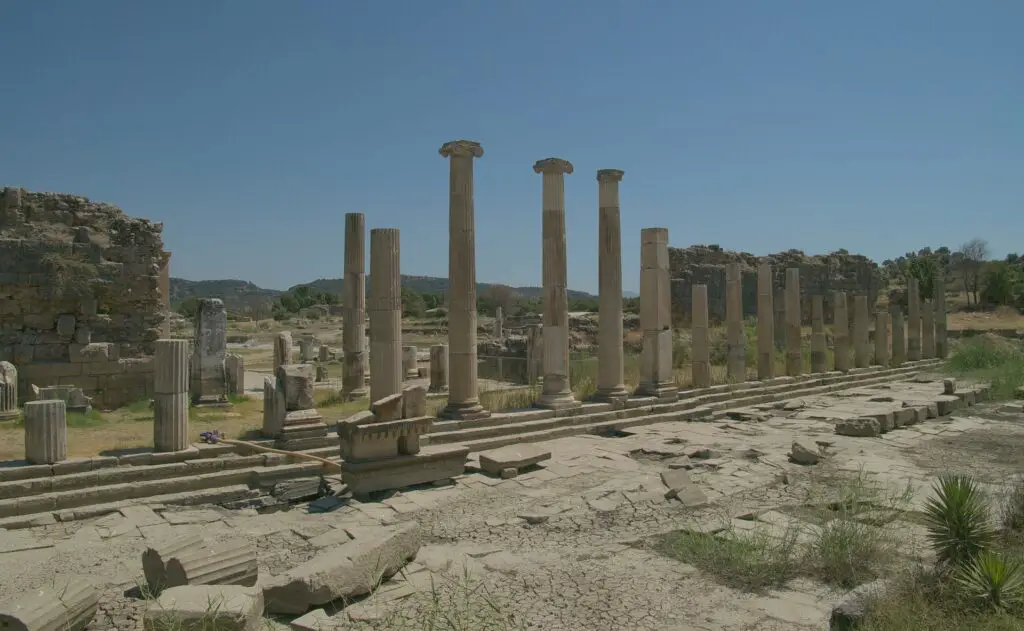
Thereafter, the city went through periods of growth because others conquered the area and settled there, or subsequent periods of decline and abandonment. Ultimately, by the Middle Ages, Magnesia had become nothing other than, as historians describe it, a “Byzantine frontier fortress.”
Sometime around 1300, Magnesia was again overtaken by another group of Turks. And while it began to grow once more because of the influx of people, the city’s streak of bad luck continued. It was besieged by floods, plagues and other crises. The population fled, and the region went into an even steeper decline.
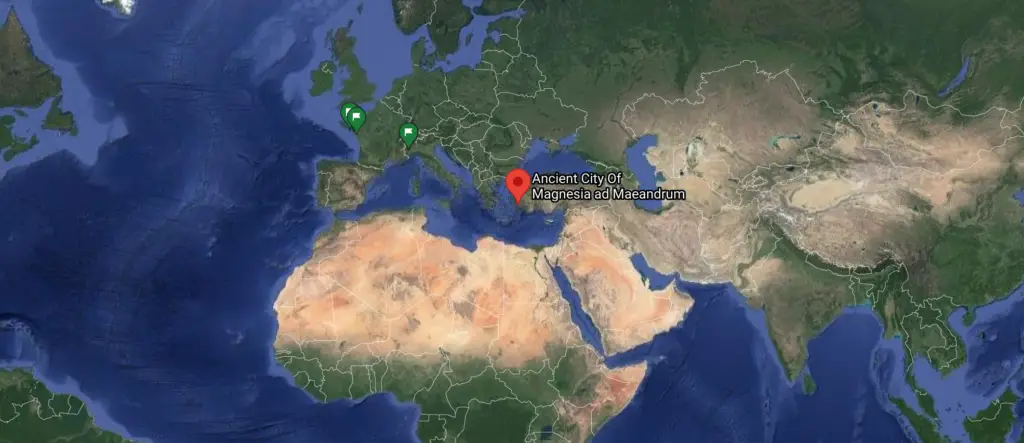
It is that state that so intrigues archaeologists. Initial research in the area began in the 1840s with a team from France.
It was them who found pieces of the temple that had once stood in Magnesia, along with parts of a stadium and gymnasium.
Their findings, including 43 panels from the temple, were sent back to France and put on display at the Louvre Museum in Paris. Subsequent discoveries were sent to Istanbul (then Turkey’s capital city, now Ankara) and some to Berlin, Germany.
Dormant
However, after that flurry of archaeological activity that concluded around 1890, the site lay dormant for about a century.
Today, Magnesia on the Meander may not have the fame other sites do, but research has been steadily underway there for more than a decade.
For history and archaeology buffs, it is a “must stop” location when touring Turkey. Situated quite close to two towns, Magnesia is easily accessed by a road that runs straight through it. Visitors can park, then get out and hike the grounds of the ruins for hours.
The gymnasium ruins are extensive, and the massive stone portions of the temple are truly inspiring. One cannot help but wonder how they were so intricately carved, and how long it took the craftsmen to complete the work. Hours? Days?
These are some of the mysteries that Magnesia contains, and while experts can make educated guesses that attempt answers, the ruins are so ancient that definitive answers will likely remain elusive.
Visitors
If you like this article, then please follow us on Facebook and Instagram
Turkey is filled with vestiges of its ancient past, its own and of those who influenced the area so many centuries ago. Magnesia on the Meander is just one example of history come to life, accessible and real.
The obvious question today is: what more evidence of past civilizations still lies buried beneath the stone ruins?
Visitor Info:
The entrance to Magnesia is free of charge. The site is open every day, from 9:00 am to 7:00 pm in the summer season, and from 8:30 am to 5:30 pm in the winter season.
It is a large site so expect to walk some distance. The site is an active archaeological dig and some are may not have public access from time to time.
Another Article From Us: Rug is Actually the World’s Biggest Roman Mosaic
How to get there:
By Road: Magnesia on the Meander is extremely well-signposted and can be easily reached via the main road 550 leading from Kuşadası to Ortaklar. The distance to Kuşadası is 29 km (18 miles). At the entrance of the site there is a large car park.


